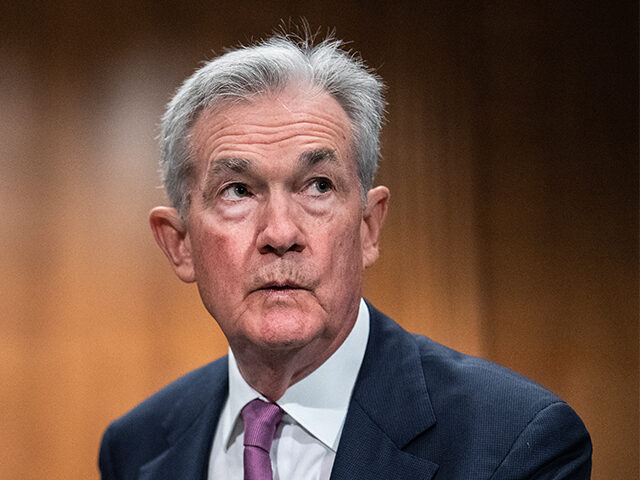Inflation remained stubbornly high last month, a sign that price increases persist despite a record pace of rate hikes from the Federal Reserve over the past year and a half.
The consumer-price index climbed 3.2 percent in July from a year earlier, the Labor Department said Thursday, up from a three percent annual rise in June. This was the first increase in the annual rate of inflation since June 2022.
Inflation has slowed sharply from the recent peak of 9.1 percent in June 2022, when gasoline prices hit an average of $5 per gallon, food prices soared 10.4 percent, and prices of new cars were up 11.4 percent.
The Federal Reserve says it wants to bring down inflation to its two percent target. Over the past 18 months, it has raised its benchmark interest rate target from a range of zero to 0.25 percent to 5.25 to 5.5 percent, the most rapid series of rate hikes in decades. Fed officials are now considering whether to raise rates again this year. Many investors and analysts think the Fed is ready to end the rate hiking cycle and hold rates steady until the middle of next year, when the Fed is widely expected to begin cutting rates.
Inflation soared after the Biden administration flooded the economy with stimulus spending and the Fed kept rates near zero in 2021 even though the economy was already recovering from the sudden stop due to the pandemic and related restrictions on household and business activity. Even as inflation rose, Biden officials and Fed policymakers insisted price increases would be transitory—a miscalculation that eventually required the Fed to play catch up with inflation that had become much more entrenched after being allowed to accelerate unchecked for a year.
The Biden administration had come to power by promising to remedy what it alleged was the mismanagement of the economy during the pandemic by President Donald Trump, falsely claiming that it inherited an economy in ruins. It passed the misleadingly named American Rescue Act, authorizing trillions in deficit spending, so that it could claim credit for an economic recovery already underway. Last year, the Biden administration pushed for the falsely named Inflation Recovery Act, which authorized even more deficit spending in the near-term while promising deficit reduction years in the future. This likely contributed to inflation’s persistence even as the Fed was working to raise rates in an effort to restore price stability.
By subscribing, you agree to our terms of use & privacy policy. You will receive email marketing messages from Breitbart News Network to the email you provide. You may unsubscribe at any time.
Compared with the prior month, the consumer price index rose 0.2 percent in July, unchanged from the 0.2 percent monthly increase recorded in June.
Core prices, a metric that excludes volatile food and energy prices, were up 4.7 percent for the year. On a month-to-month basis, core prices were up 0.2 percent.
Economists had forecast that CPI would rise 0.2 percent for the month and 3.3 percent compared with a year ago. Core prices were expected to be up 0.2 percent month-to-month and 4.8 percent year-over-year.

COMMENTS
Please let us know if you're having issues with commenting.